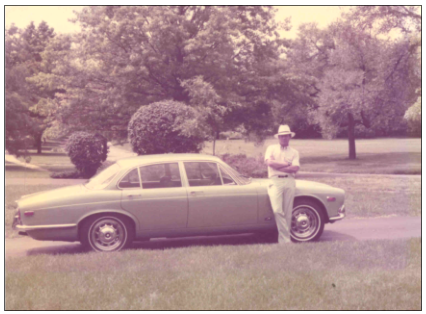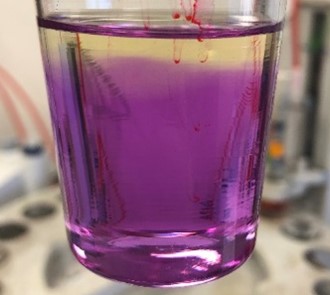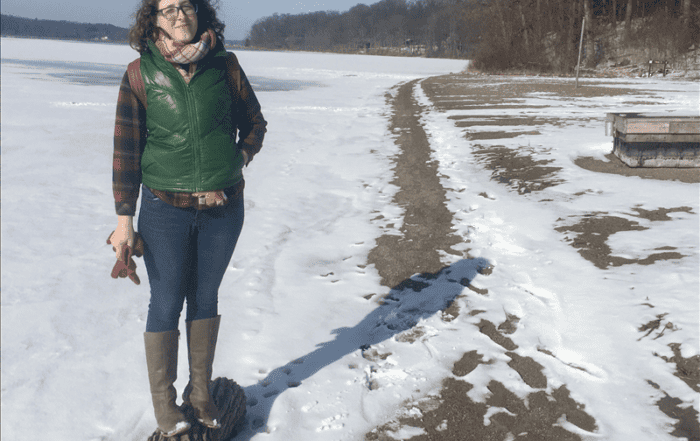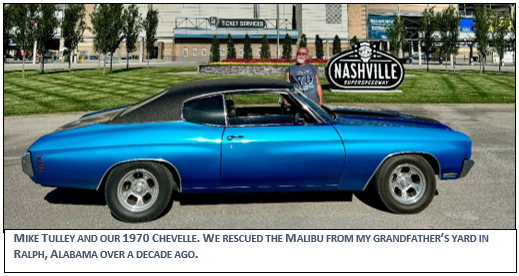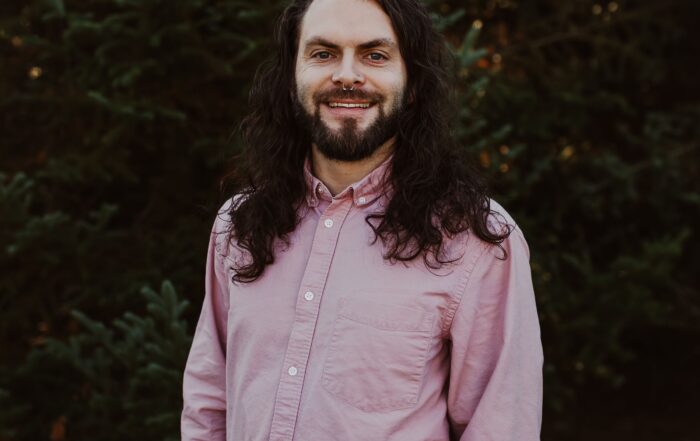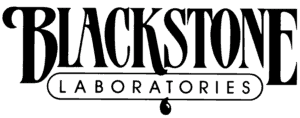Finishing the RV-12
The last article in our series on finishing the RV-12
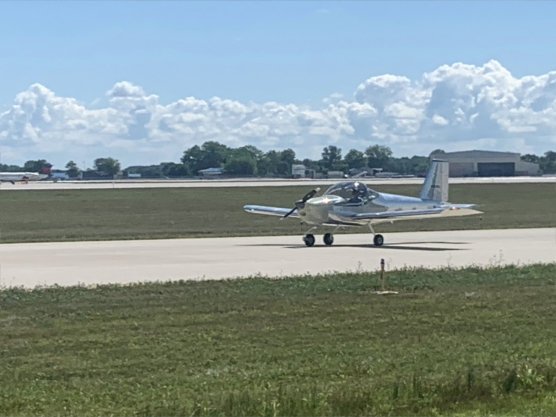
For those of you who have been reading these newsletters, you’ll know that I have been in the process of building a light-sport kit plane made by Van’s Aircraft called the RV-12. Last year I chronicled the progress and mentioned that I was getting close to the end. Well, thankfully the end has come, though I have to say it took quite a bit longer than expected.
Excitement/Burnout
We moved the project from the garage here at the lab to a hangar out at Fort Wayne International Airport in early July 2019. The days following the move were a time of excitement and hope, though that feeling wouldn’t last. My wife and I have been working on this project since the summer of 2016 and we were both kind of getting burned out.
However, actually being at the airport and talking with the other owners there helped keep our enthusiasm for the project going. In talking with the other homebuilt owners, it became apparent that even after it’s flying, there is always something to work on, but we didn’t worry about that much. We still had a lot of work to do just to get ours in the air. This was the part of the building process that’s a running joke among homebuilders — 90% done, 90% left to go!
Ironing Out the Details
Soon the prop was installed and the final fitting work on the cowling was done. We ironed out some bugs in the electronics and communication systems, most of which were mistakes we brought upon ourselves. Before too long, we came to the point where there was nothing left to do in the building instructions.
Next came a thorough checkout of all the systems. Van’s provides what they call the production acceptance procedures, which is a very helpful document that tells you how to go through all the systems to make sure they are set up and working properly. It includes things like “Move the control stick to neutral and measure the right aileron drop, it should be 1/4 to 1/2 inch.” Sounds easy enough, until you realize that just about every step requires some type of filling or adjustment on your part.
The Fuel Flow Blues
After a few months of work, we got to the fuel flow test. That’s exciting because right after that you get to start the engine for the first time. We had built the fuel tank about a year and a half earlier and up until then, it had not had any fuel in it. I was dreading putting fuel in for the first time, and for good reason, because as soon as I did, it started leaking out of a return line fitting.
That was a pretty dark point in the whole process because it meant I had to pull the fuel tank, open it up, fix the leak, and reseal it. Anyone who has ever worked with fuel tank sealant knows this is not fun stuff to work with, and it’s even less fun to try and clean it off parts. It’s also the point at which I realized that I had spent a significant portion of my life building something that would only fly about 120 knots max (with a tailwind) and wouldn’t even be able to haul my whole family while doing it. And to further sour my mood, this was mid-October and I knew at that point there was no way I’d be able to get it done in 2019.
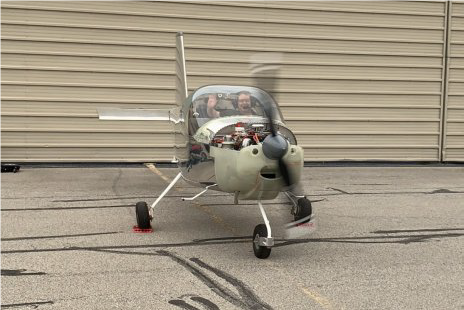
Starting the engine for the first time!
Trying Again
So, after a good pity party and some time off, we got back to work. The fuel tank was fixed and reinstalled, though by that time it was too cold to get any serious work done at the hangar. That was okay though because it was also time to start the paperwork.
As some of you know, I inherited this project from my father and I can say for sure that the paperwork part would have been what he hated the most. Still, if you keep plugging away, eventually it all comes together. I was able to obtain a N-number (on my second try) and by the time spring rolled around, we were ready to test the fuel flow again and start the engine. As you might imagine I was fairly nervous about this whole process, but the fuel tank held up, the fuel flow test went well, and on May 3, 2020, our Rotax 912 fired up for the first time since it left Austria.
But is it Airworthy?
With the motor running and fuel tank sound, I was starting to feel a lot better about this project, though I still had the airworthiness inspection to deal with. This is generally the last step before you can fly and was a big unknown in my mind. It was also a little tough to get scheduled because not only did the FAA switch to a new and confusing online application process, the Indianapolis office had been closed since mid-March due to Covid-19.
They were just starting to reopen in mid May when I contacted them, but they were facing a serious back log of work that needed to be processed before they got to me. That basically left me with the choice to either wait until they got time to send someone up (for no charge) or I could contact a DAR (designated airworthiness inspector) and pay to have them take a look. Not wanting to delay this project into 2021, I chose the DAR and scheduled an inspection. Surprisingly enough, the actual inspection was painless and lasted just three hours. At the end I found myself wanting to show the inspector more of my airplane, so he could see the safety wire on the gascolator that I redid three times. Or admire the beautiful fiberglass work on the cowl that took several weeks to sand to perfection.

A successful first flight
Airborne!
With all the paperwork done and my airworthiness certificate on board, I was finally able to make my first flight on Monday July 13th. It went well, the wings stayed on, and the airplane showed no tendency to do anything crazy. As you can imagine, I was relieved. Now, on to some flight testing, as soon as I can get my transponder to report altitude… ahh the joys of homebuilt ownership.
Related articles
A New Wave
Saying goodbye to my 1984 Chevy
TBNs & TANs: Part 2
Determining how heat affects the TBN and TAN of the oil
Finishing the RV-12
The last article in our series on finishing the RV-12
In the Thick of it!
Five cities, five days, 5000+ cars: the 2024 Hot Rod Power Tour!


